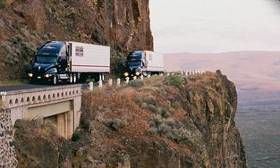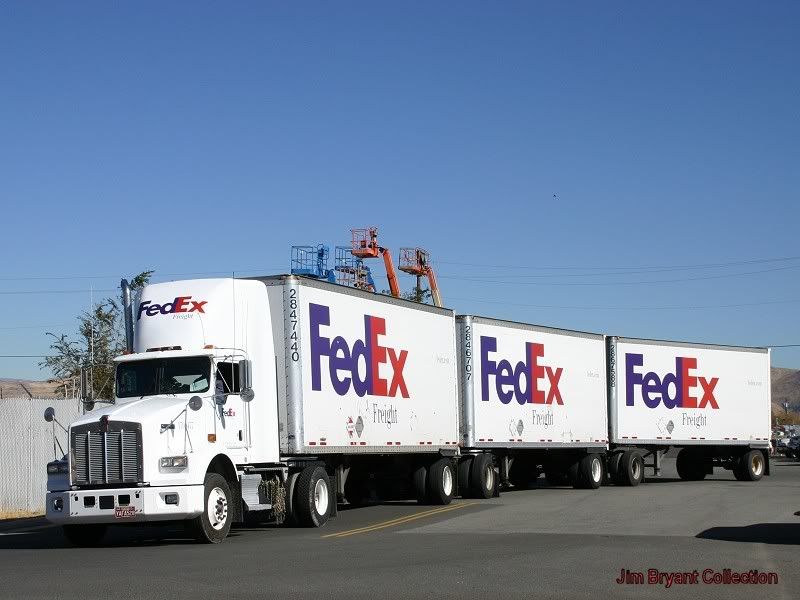Police Called At Consignee
Topic 31127 | Page 3

I have zero experience here, but thinking about driving. It seems to me like the moral of this story is always call ahead to the consignee to at least find out hours when they load. Does that seem right?
Consignee:
The customer the freight is being delivered to. Also referred to as "the receiver". The shipper is the customer that is shipping the goods, the consignee is the customer receiving the goods.

To be fair to the landstar driver, he probably had to get approval from the company so that decision might not have been his to make.
That's still no justification for refusing to leave a customer's property. If they want you gone, you have to go, approval or not.
Exit the private property when directed, then figure the rest out afterward.
Conversely, if you're locked in a door and you HAVE to leave and they won't release you, call the local PD and they will come and make sure you get on your way.
I have zero experience here, but thinking about driving. It seems to me like the moral of this story is always call ahead to the consignee to at least find out hours when they load. Does that seem right?
Yes 100%. Also I typically call ahead to customers to ask if they allow overnight parking or if there’s room on the street. You can’t always tell from Google maps
Consignee:
The customer the freight is being delivered to. Also referred to as "the receiver". The shipper is the customer that is shipping the goods, the consignee is the customer receiving the goods.
I thought Landstar was all O/O, and if so why would he need permission from any company?
If asked to leave by the property owner, I can only use PC if I am delayed by the shipper/receiver, so getting there after hours with no time on my clock would require me to violate HOS , PC would not be allowed (I could use PC, but safety would overrule me and change it to drive time when they saw it). In that case, I would have asked the property owner to call the police, making sure they understood I was not refusing to leave, but need law enforcement to tell me to leave so I could violate HOS. Annotate logs as "required to move by LEO", and proceed to nearest safe parking.
Shipper:
The customer who is shipping the freight. This is where the driver will pick up a load and then deliver it to the receiver or consignee.
HOS:
Hours Of Service
HOS refers to the logbook hours of service regulations.New Reply:
New! Check out our help videos for a better understanding of our forum features

















Preview:
This topic has the following tags:
Dispatcher Issues Hard Lessons Learned Truck Driving Stories







 TT On Facebook
TT On Facebook
You are right. There are an infinite number of possibilities as to what could have happened to lead up to the issue in with that specific driver. It's not proper to suppose that the issue was a matter of time management. But, I did mention that even with sound time management, I recognize that things can happen to screw up a driver's sound planning. What I have read as a constant in the comments from the professionals here is communication is an absolute necessity. As I understand it, communication can take care of a potential problem and lack of communication can make a small problem a huge problem. One thing that I have learned from reading on this site is that communication is an essential part of doing the job of driving trucks.
Thanks for the feedback, Anne.
Consignee:
The customer the freight is being delivered to. Also referred to as "the receiver". The shipper is the customer that is shipping the goods, the consignee is the customer receiving the goods.
OTR:
Over The Road
OTR driving normally means you'll be hauling freight to various customers throughout your company's hauling region. It often entails being gone from home for two to three weeks at a time.
Day Cab:
A tractor which does not have a sleeper berth attached to it. Normally used for local routes where drivers go home every night.
SAP:
Substance Abuse Professional
The Substance Abuse Professional (SAP) is a person who evaluates employees who have violated a DOT drug and alcohol program regulation and makes recommendations concerning education, treatment, follow-up testing, and aftercare.